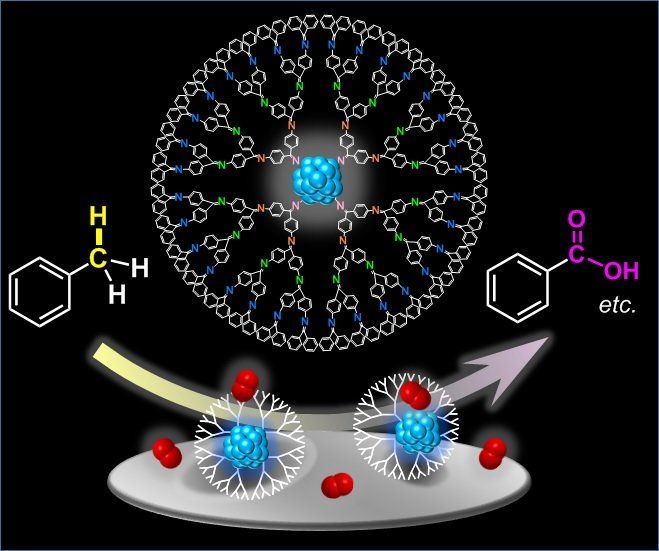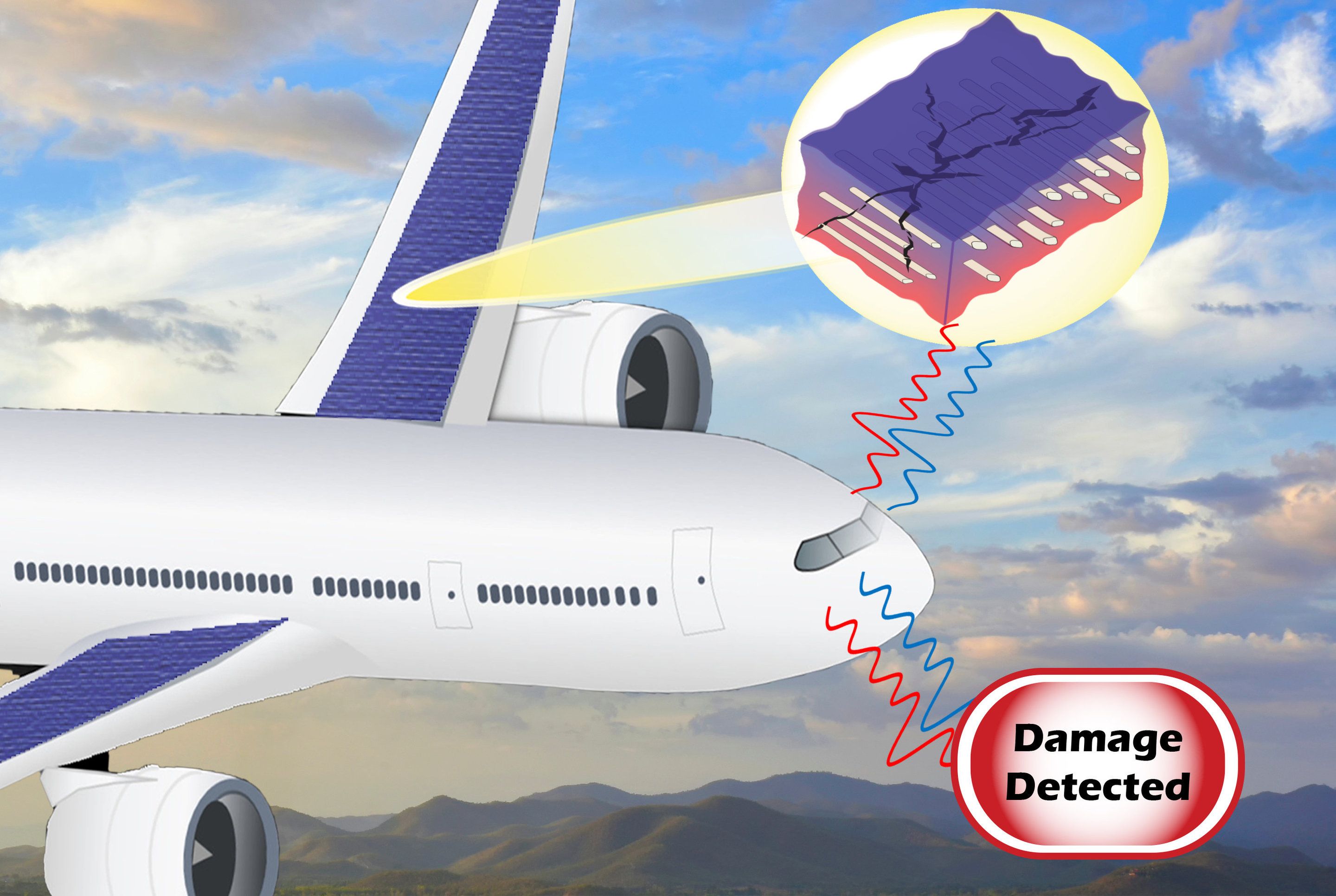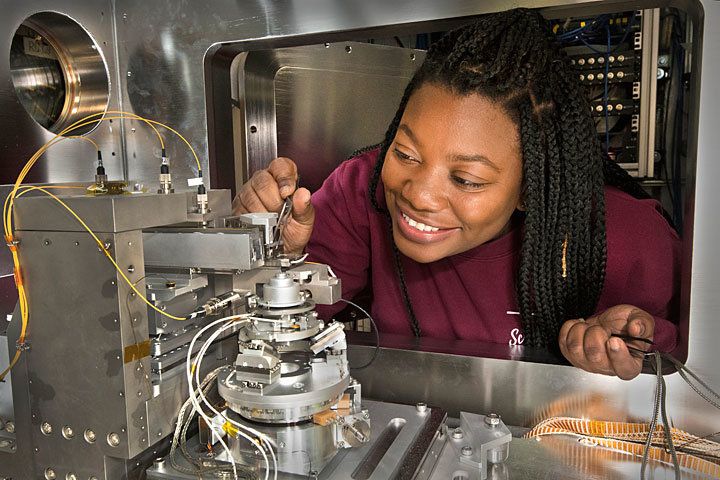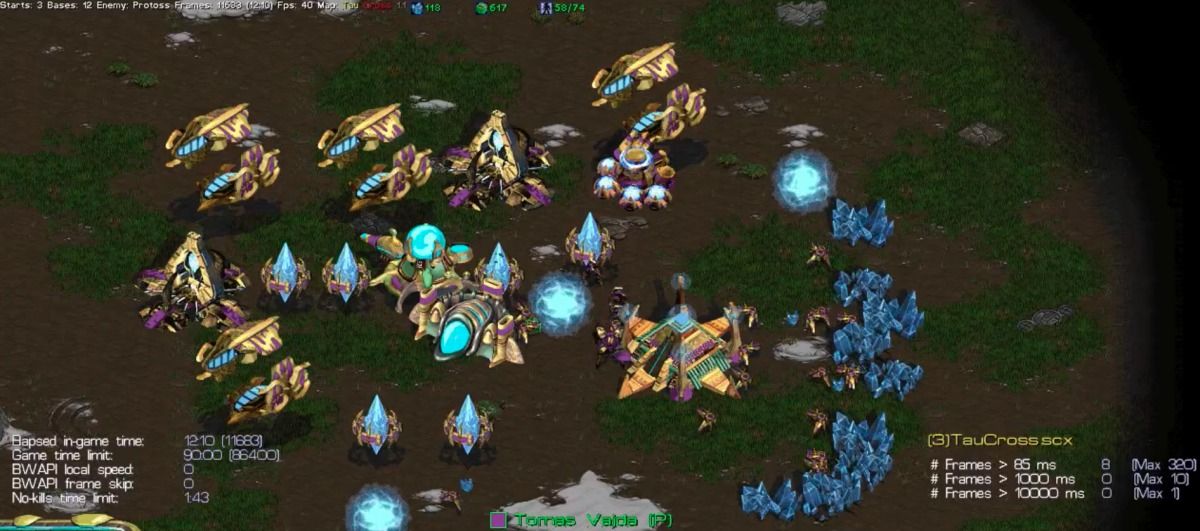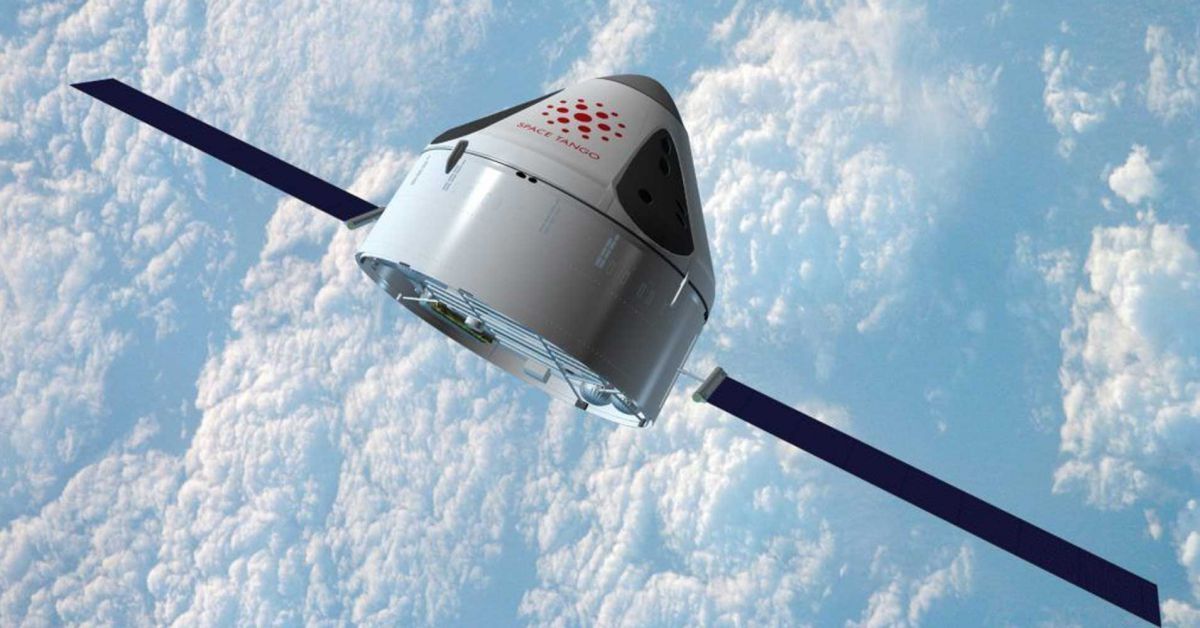Page 9738
Nov 16, 2018
Next-generation composites may monitor their own structural health
Posted by Genevieve Klien in categories: health, transportation
Carbon fiber composites—lightweight and strong—are great structural materials for automobiles, aircraft and other transportation vehicles. They consist of a polymer matrix, such as epoxy, into which reinforcing carbon fibers have been embedded. Because of differences in the mechanical properties of these two materials, the fibers can detach from the matrix under excessive stresses or fatigue. That means damage in carbon fiber composite structures can remain hidden below the surface, undetectable by visual inspection, potentially leading to catastrophic failure.
Nov 16, 2018
ICON to Return to Vandenberg AFB for Further Analysis
Posted by Genevieve Klien in category: space
NASA and Northrop Grumman have made the decision to fly the L-1011 Stargazer and Pegasus XL rocket carrying NASA’s Ionospheric Connection Explorer, or ICON, spacecraft back to its integration facility at Vandenberg Air Force Base in California. The ferry flight will take place early next week. Returning to the environmentally-controlled integration facility allows the team to further investigate off-nominal data observed during the Nov. 7 launch attempt.
Once the investigation is complete, a new launch date will be determined. ICON will launch out of Cape Canaveral Air Force Station in Florida. The ICON spacecraft, which uses Northrop Grumman’s LEOStar-2 platform, is monitored at all times and remains healthy.
Nov 16, 2018
Laser technology uncovers medieval secrets locked in Alpine ice core
Posted by Genevieve Klien in category: futurism
A new study has found ground-breaking evidence from an ice core in the Swiss-Italian Alps that proves the 7th century switch from gold to silver currencies in western Europe actually occurred a quarter of a century earlier than previously thought.
Nov 16, 2018
Scientists produce 3D chemical maps of single bacteria
Posted by Genevieve Klien in category: biological
Scientists at the National Synchrotron Light Source II (NSLS-II)—a U.S. Department of Energy (DOE) Office of Science User Facility at DOE’s Brookhaven National Laboratory—have used ultrabright x-rays to image single bacteria with higher spatial resolution than ever before. Their work, published in Scientific Reports, demonstrates an X-ray imaging technique, called X-ray fluorescence microscopy (XRF), as an effective approach to produce 3D images of small biological samples.
Nov 16, 2018
New way to look at cell membranes could change the way we study disease
Posted by Genevieve Klien in category: biotech/medical
A new technique to study intact parts of cell membranes could revolutionise studies of cancer, metabolic and heart diseases.
Nov 16, 2018
Laser-activated nanotube skin shows where the strain is
Posted by Genevieve Klien in categories: nanotechnology, transportation
Whether they’re in airplane wings, bridges or other critical structures, cracks can cause catastrophic failure before they’re large enough to be noticed by the human eye. A strain-sensing “skin” applied to such objects could help, though, by lighting up when exposed to laser light.
Nov 16, 2018
An old-fashioned AI has won a Starcraft shootout
Posted by Michael Lance in categories: education, robotics/AI
En Taro AI
The latest results in a long-running contest of video-game-playing AIs reveal how hard it is for machines to master swarming insectoid Zergs or blitzing Protos. They also show that even old-school approaches can still sometimes win out.
The AIIDE Starcraft Contest has been running at Memorial University in Newfoundland, Canada, since 2010. Participating teams submit bots that play an original version of Starcraft, a sprawling sci-fi-themed game, in a series of one-on-one showdowns.
Continue reading “An old-fashioned AI has won a Starcraft shootout” »
Nov 16, 2018
Startup Unveils Plan for Autonomous Bots to Build Products in Space
Posted by Michael Lance in categories: robotics/AI, space
It’ll be ready for launch by the mid-2020s.
On-Earth manufacturing isn’t the only kind being automated.
Nov 16, 2018
News: On the evening of Thursday, Nov. 15, NASA’s Kepler space telescope received its final set of commands to disconnect communications with Earth
Posted by Alberto Lao in category: space travel
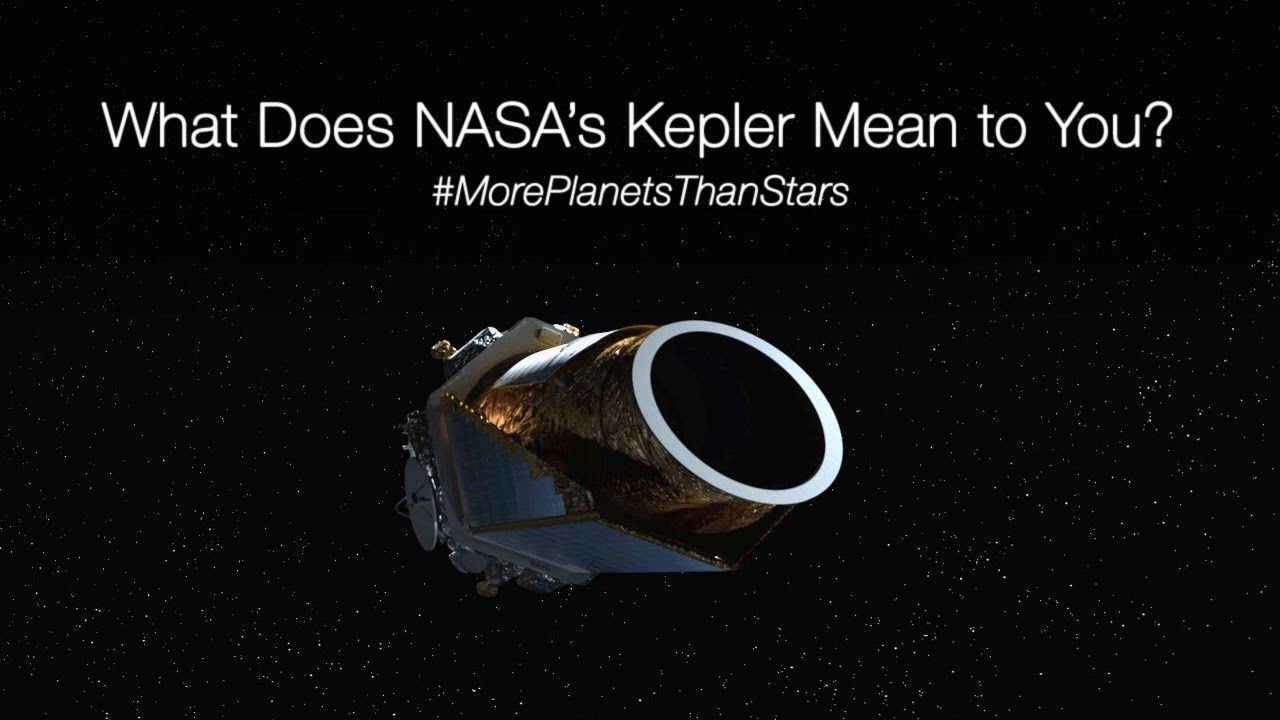
The “goodnight” commands finalize the spacecraft’s transition into retirement, which began on Oct. 30 with NASA’s announcement that Kepler had run out of fuel and could no longer conduct science.
Coincidentally, Kepler’s “goodnight” falls on the same date as the 388-year anniversary of the death of its namesake, German astronomer Johannes Kepler, who discovered the laws of planetary motion and passed away on Nov. 15, 1630.
